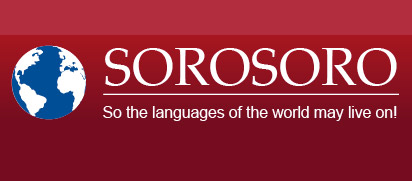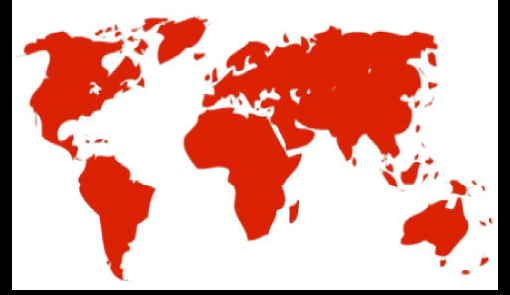Print  |
|

Northeast Caucasian Languages
Information about Northeast Caucasian (or Nakho-Dagestanian or Caspian) languages
Where are the Northeast Caucasian languages spoken?
These languages are spoken in Russia, in the autonomous republics of Dagestan, Chechnya and Ingushetia, as well as Azerbaijan and Georgia.
Total number of speakers (estimated):
Nearly 2 900 000 according to the site ethnologue.com (SIL)
Figures provided by UNESCO are too fragmented to be used to estimate the total population
Classification
The Northeast Caucasian language family includes 20 languages
Nakh Sub-family
Batsi: 500 speakers according to UNESCO and 6000 according to SIL
Veinak Branch
Ingush: 450 000 speakers according to SIL
Chechen: 1 300 000 speakers according to SIL
Avar-Andi Sub-family
Avar: 780 000 speakers according to UNESCO and 600 000 according to SIL
Andi Branch
Andi: 23 000 speakers according to UNESCO and 10 000 according to SIL
Akvakh: 3 500 speakers according to SIL
Bagvalal: 5 000 speakers according to UNESCO and 2 000 according to SIL
Botlikh: 4 000 speakers according to UNESCO and 5000 according to SIL
Chamalal: 5 000 speakers according to UNESCO and SIL
Ghodoberi: 4 000 speakers according to UNESCO and 3000 according to SIL
Karata: 5000 speakers according to UNESCO and SIL
Tindi: 6 700 speakers according to SIL
Tsez Sub-family
Eastern Branch
Bezhta: 5 000 speakers according to UNESCO and SIL
Hinukh: 500 speakers according to UNESCO and 200 according to SIL
Western Branch
Darga (dialect group): 350 000 speakers according to SIL
Hunzib: 800 speakers according to UNESCO and 2 000 according to SIL
Khinalug: 2 000 speakers according to SIL
Kwarshi (alternate name: Khvarshi): 500 speakers according to UNESCO and 3 000 according to SIL
Isolates:
Lak: 150 000 speakers according to UNESCO and 120 000 according to SIL
Tzez: 15 000 speakers according to UNESCO and SIL
Comments on the classification of Northeast Caucasian languages:
These languages have long been considered to be part of the “Caucasian” languages family. This hypothetical family consisted of three main branches: the Northeast Caucasian languages, the Northwest Caucasian languages and South Caucasian languages. The validity of this larger family is not, however, widely accepted today by linguists. At best, if the term “Caucasian Languages” is sometimes still used, it is a geographical rather than a linguistic reference. Starostin proposed the consolidation of the two northern families, but this grouping is still controversial. As a result, all three families are presented separately here.
Are Northeast Caucasian languages in danger?
According to UNESCO most of these languages are endangered. The Chechen language has the greatest vitality while Lak, Darghe, Avar and Ingush are considered “vulnerable” (level 1 on a scale of 5). All the other languages are in danger with Batsi, Hinukh, and Hunzib being probably the most threatened in the short term.
Please do not hesitate to contact us should you have more information on this language: contact@sorosoro.org








